-
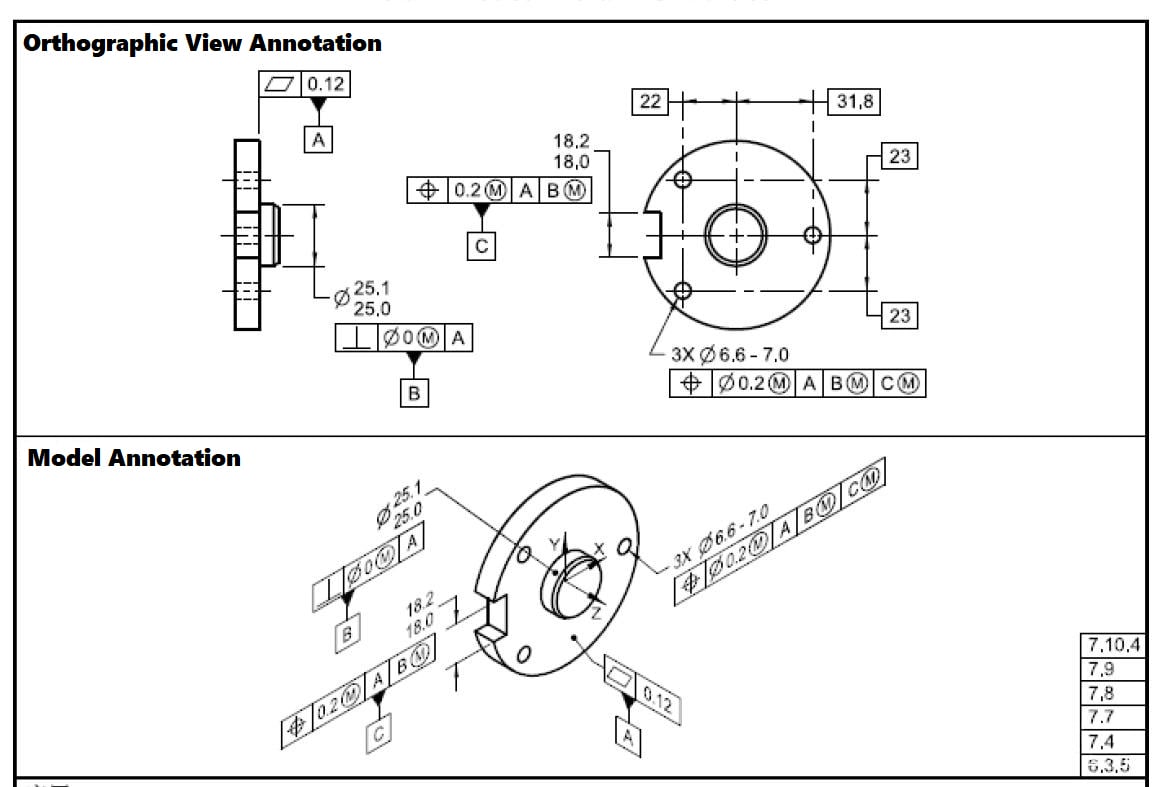 2024.5.23
2024.5.23Maximum Material Condition (MMC) is a useful modifier in GD&T that can help reduce manufacturing costs while still ensuring part functionality. By understanding what MMC means, how to calculate it, and how it can be applied to GD&T controls like position or profile, we can optimize part functionality while achieving more economical manufacturing. In this article, we will demystify MMC by covering its definition, symbol, formulas for calculation, and applications. Learning about MMC takes us one step further in mastering the world of GD&T. GD&T Maximum Material Conditi......
-
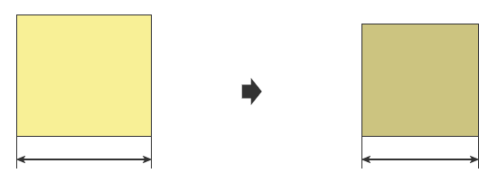 2024.5.22
2024.5.22https://www.cnclathing.com/wp-content/themes/sumi Plastics (Resins) expand and contract in volume with changes in temperature and pressure. This article discusses the molding shrinkage rate related to the design of injection molds and molding conditions, and the shrinkage rates of major crystalline and amorphous plastics. Injection Molding Shrinkage Overview – Plastic Mold Shrinkage Chart, Formula, Calculation In the injection molding of thermoplastic plastics, the desired dimensions of molded products can be obtained by utilizing the molding shrinkage phenomenon. Molding shrinkage refers to the phenomenon where the vol......
-
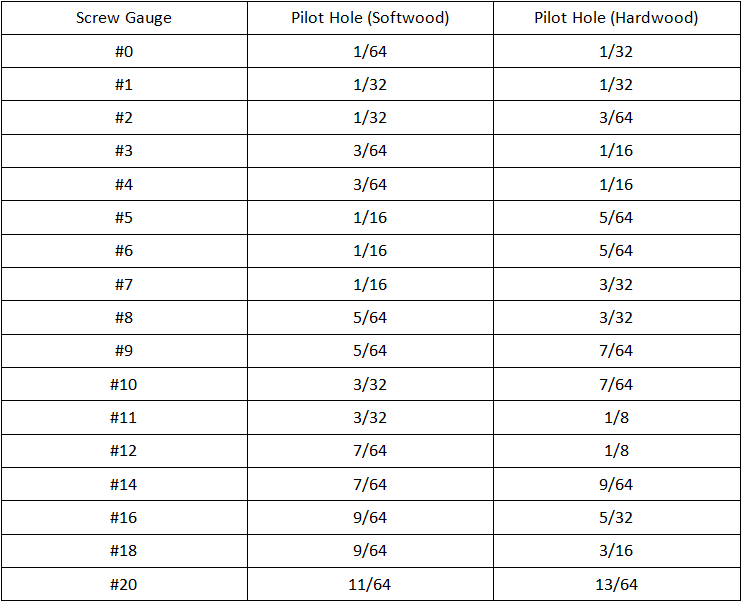 2024.5.20
2024.5.20The proper size of a pilot hole is necessary to confirm the drilling process, how do you know what size pilot hole to drill? In this article, we’ll focus on the pilot hole size chart for wood/lag screws and how to determine how big they should be. Further Read: NPS Thread Dimensions Chart What Is a Pilot Hole? A pilot hole is a small hole that is drilled into a material like wood or metal before a larger hole or screw is inserted. What is a pile hole used for? The main purpose of a pilot hole is to provide a starting point and guide for the screw or larger hole and ensure that it is ins......
-
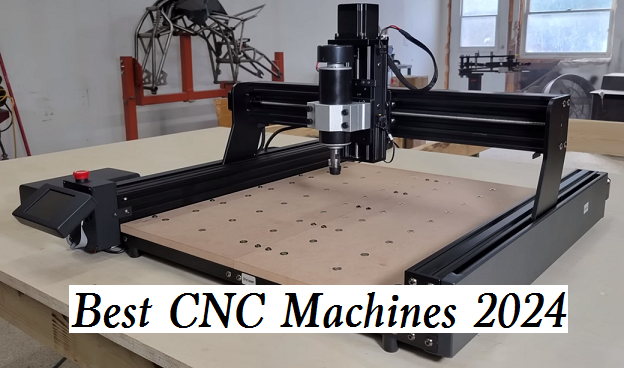 2024.5.15
2024.5.15Which brands are known for producing CNC equipment? To select the most appropriate machine tool, today we’ll go over the best 7 CNC machines to buy in 2024, with features, advantages, applications, prices, and more details. Best CNC Machines 2024: Top 7 CNC Routers (Machines) to Buy for Beginners and Pros This list will present top CNC routers and machines at different budget levels while still offering decent performance and reliability. 1. MYSWEETY CNC Pro Engraver MachineOne of the best CNC machines in 2024, it is popular among hobbyists and small-scale engraving projects, with easy ......
-
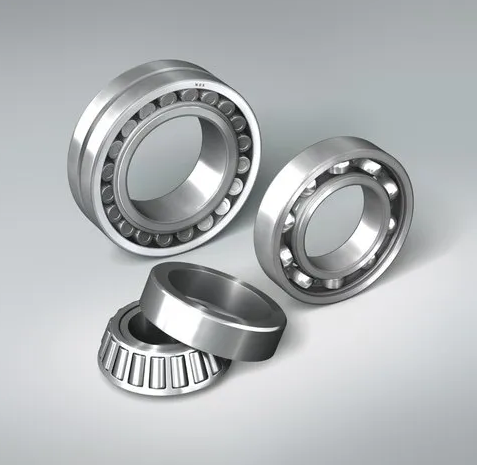 2024.4.22
2024.4.22Before determining the best bearing for your application, it is necessary to identify the bearing type and characteristics. This guide will dive into different types of bearings and their uses, along with the definition, function, as well as classification of bearings & bushings vs bearings. What Is Bearing and Its Functions? A bearing is a crucial component in various mechanical systems, used to limit relative motion and reduce friction between moving parts. Bearings can support the shaft and maintain its correct position, while also being able to withstand the force acting on the ......
-
 2024.4.18
2024.4.18STEP (Standard for the Exchange of Product Data) files are essential in the world of 3D CAD (computer-aided design) for facilitating interoperability among various CAD software systems like CATIA, Creo, SolidWorks, NX, and Inventor. This format, governed by the ISO 10303 standard, helps in exchanging data across different platforms, which is increasingly critical as industries move towards more integrated and model-based definitions. This neutral 3D CAD file format is pivotal in industries such as aerospace, automotive, and defense due to its ability to maintain rich geometric and desig......
-
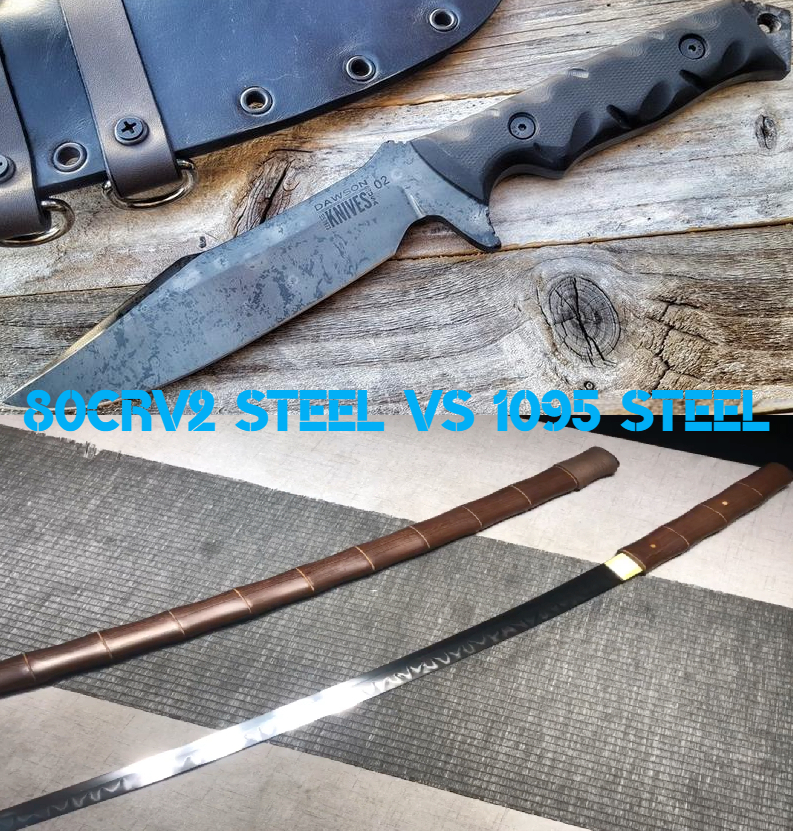 2024.4.17
2024.4.17Steel is the backbone of modern industry and plays a pivotal role in the manufacturing of tools and blades. Among the various types of steel, 80CrV2 and 1095 are two prominent grades known for their distinctive properties and applications. Today, CNCLATHING experts discuss with you the characteristics, applications, and differences between these two steel types, helping you decide which might be better suited for specific uses. 1. What is 1095 Steel? 1095 steel is a high carbon steel that contains approximately 0.95% to 1.03% carbon, making it one of the most carbon-rich steel......
-
 2024.4.11
2024.4.11Cutting plexiglass sheets is often required when fabricating some custom parts and components for varying applications, such as manufacturing electronics housing and covers, how do you cut acrylic sheets without cracking? This guide will cover common plexiglass cutting methods, tools, and the best way to cut acrylic sheets of different thicknesses, even at home. ......
- Home
- Machining techniques
- CNC Machining Services
- Cooperative supply services
- Designs
- Materials
- Finishing Services
- Shop
- Products
- Guide
- About Us
- Contact Us

